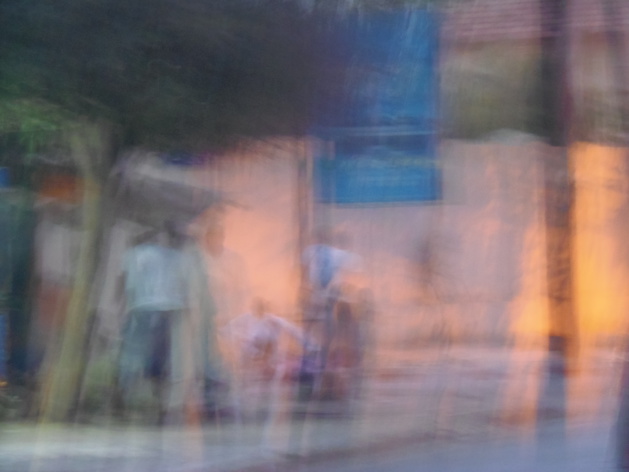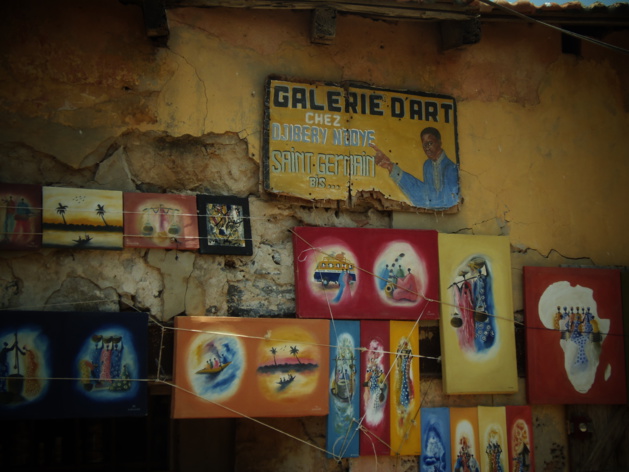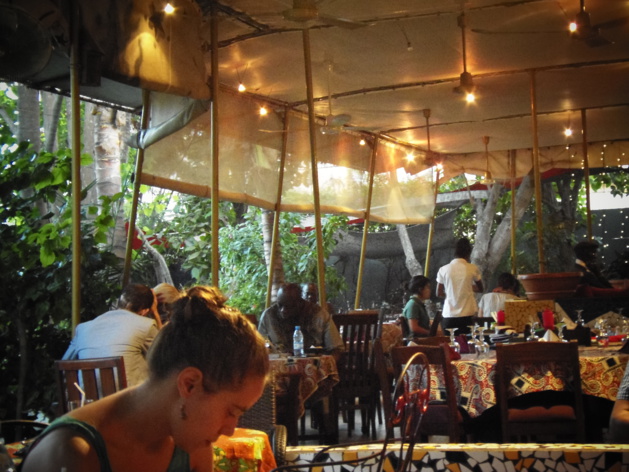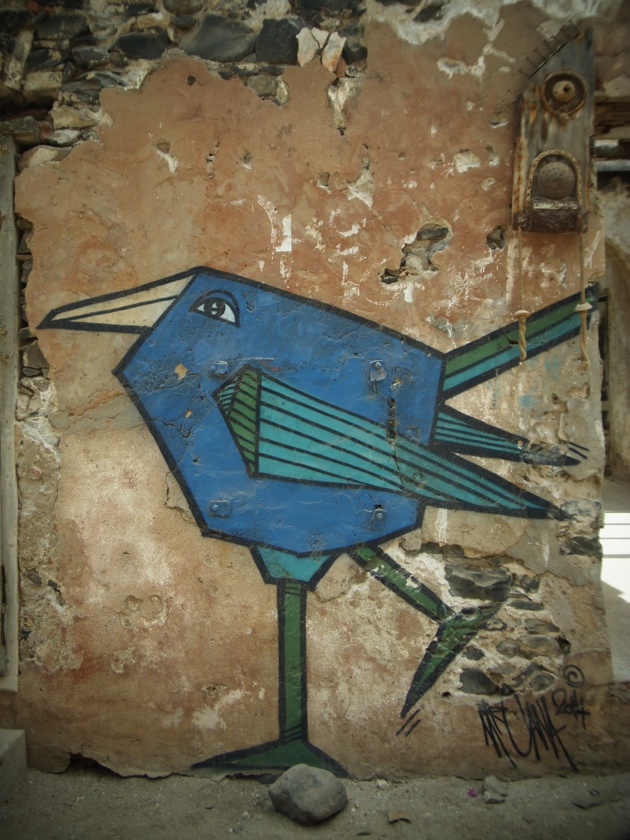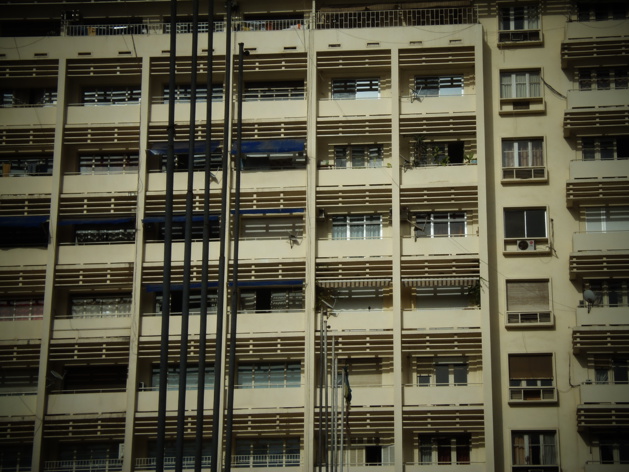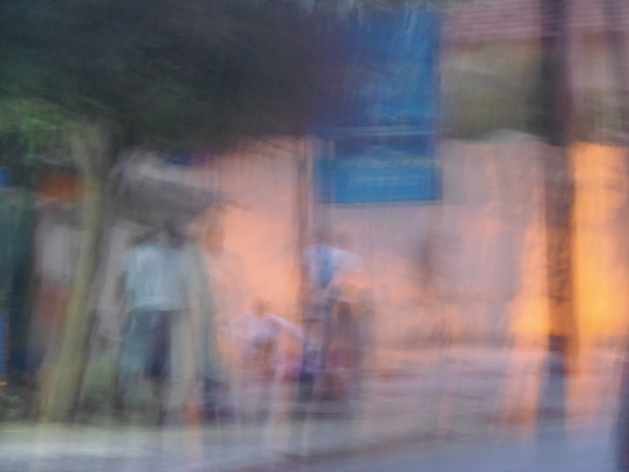
Credit Alia Fakhry
Paris, Charles De Gaulle airport, gate E58. Five hours and 4700km later I finally arrive in Dakar, capital city of Senegal in West Africa. After my first step out of the plane, I immediately feel my whole body enveloped by the warm humidity, typical from the region, mingled with the exotic smells of the city. Over there a sensory world is waiting for being discovered. But first I will have to queue - hours - for the visa.
As I lived in this city for few years during my childhood, I always experiment it with my memories and my sensitivity. When I luckily get out of the airport I get again caught by this surprising humid heat, and by all the taxi drivers and other locals offering to change money or trying to sell random stuff at the corners of the streets. You feel completely caught by this crowd, embracing, touching you, yelling at you. You feel the people, you feel the life into them. And it is enough to refresh the ambient air.
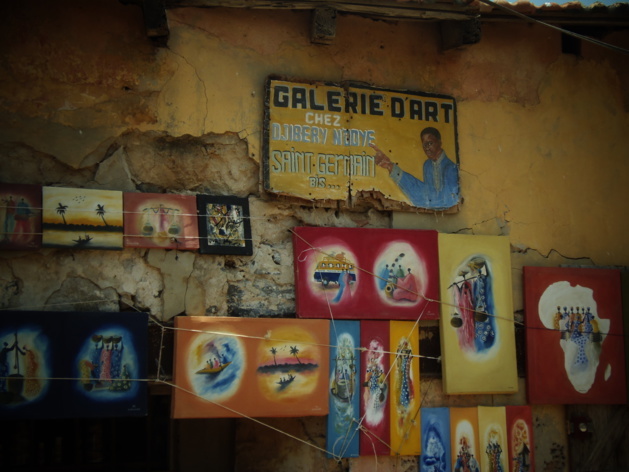
Credit Alia Fakhry
After recovering from the flight and those first steps in the city, the time has come for one of mine - if not the first - favorite pleasures in Dakar. I walk down the street, turn left and arrive in front of the Lamine Gueye high school - formerly named Van Vollenhoven. Here it is: the best madda street seller in town. A simple glance at those dark orange fruits lying on the ground is enough to full my mouth of saliva, getting ready for the sour taste. For 500 Francs CFA (0.80 €) - some would say that life became crazily expansive here - Ndoye opens one of his colorful fruits, adds some salt, sugar and a bit of chili, and quickly mix it up with his knife. I could spend hours enjoying the sour and juicy little marbles of this fruit. It just reflects perfectly the city. Raw, hurt and dirty at the first sight. Fruity and colorful, when you take the time to enjoy it properly. Sweet and sour : that is the taste of this city.
But telling you about "my" Dakar is not telling you about the city: economic, political and cultural hub for West Africa, Dakar changes and grows every day. Even if women still wear the traditional boubou in their everyday life – a traditional costume made of wax, a material originally brought by the Dutch colonists from Indonesia to Africa – numerous fashion designers uses wax and indigo tissues for their creation. As Layu, “from West Africa to the world”. This little fashion company takes the best from the West African culture(s) and creates inventive and original items. It ends with a colorful and unique collection mixing wax tissues, glass beads, leathers…
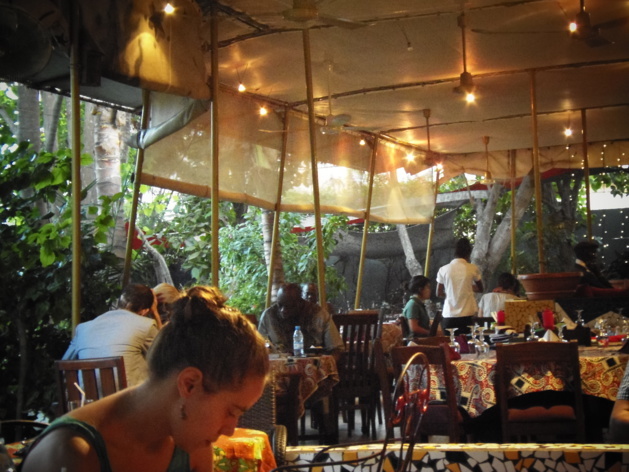
Credit Alia Fakhry
Creative people, Senegalese are full of inspiration and never miss an occasion to spread their art, an infinite combination of traditional patterns and modern shapes. Many of them have settled their own little gallery in Gorée, a small island facing Dakar and historically known for its place in the slave trade: slaves from all West Africa were immured the island’s jails before being sent to America, at the end of a journey without return. Today, the peaceful life of the island could easily make you forgetting about the historical tragedy which it has been the stage.
"If all the skys were paper and all the seas ink, I would not be able to describe the brutality of the slave trade". W. Bosman, 1701
"If all the skys were paper and all the seas ink, I would not be able to describe the brutality of the slave trade". W. Bosman, 1701
Right at the heart of the city, the Arte gallery selects for you the best of the West African contemporary artists whether in fashion, home design, painting or sculpture. Amid the great panel of artist it offers, two have especially drawn my attention, since they perfectly illustrate the crossroads where the whole region is sitting nowadays : proudly carrying its history and its traditions, on its way to the modernity and the globalization.
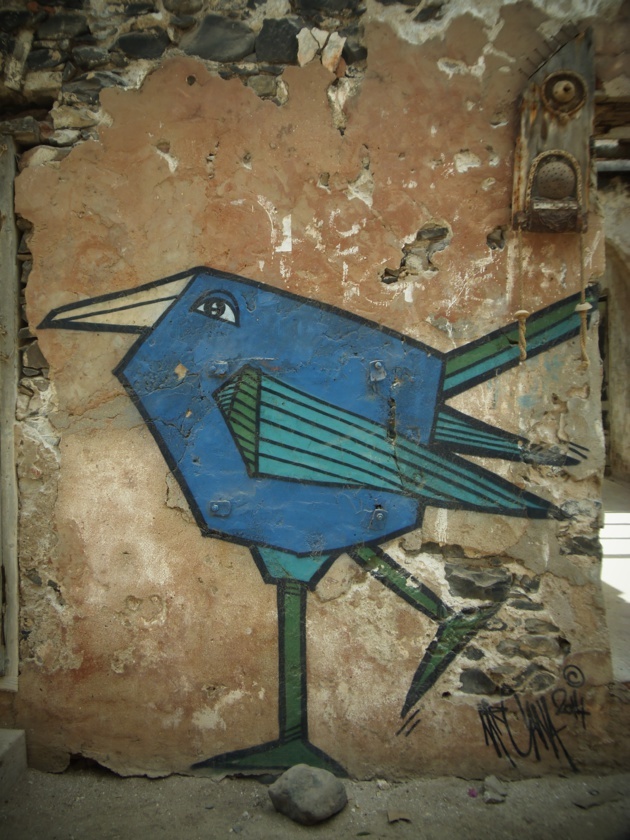
Credit Alia Fakhry
Eric Raisina, originally from Madagascar, creates Haute Texture – rather than haute couture – refined and blazing fashion pieces, truly inspired by the South East Asian esthetic since he successfully settled in Cambodia, and by his cosmopolitan roots. The alliance of is savoir-faire and of the variant precious materials he uses gives birth to a unique collection, where models could be mistaken with exotic birds.
Taking part of the Italian compagny Moroso’s M’Afrique collection, the Senegalese interior designer Dominique Petot develops swaying and stunning pieces. As his compatriots often do, he distorts everyday-used materials from their original purpose : the seats are made with plastic threads normally dedicated to fishing nets. His pieces immediately give to any interior a joyful and contemporary taste of Africa.
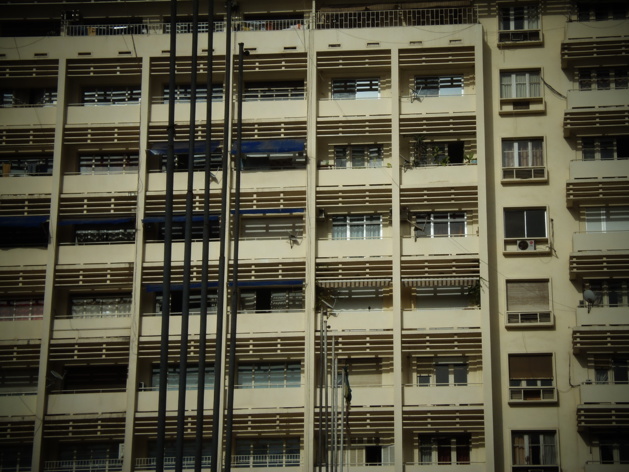
Credit Alia Fakhry
The architecture and the streets life tell you also a lot about the city´s history and its will of modernity. The old fancy colonial houses are facing brand new building of glass and steel. The following selection gives you a quick overview of the lively streets of the city, always connected to the national history.
A drink at the French Institute always gives you the chance to meet a bit of the cosmopolitan expat community settled in town. There you could try of one the local juices – a fresh tamarind for me – or beers – Gazelle or Flag – with some Senegalese delicious chili fish turnovers called pastels.
Real melting-pot, hive of creative activity, Dakar welcomes and definitely takes part of the todays’ world. But this busy metropolis is above all a city to experiment and feel. A city to taste.














